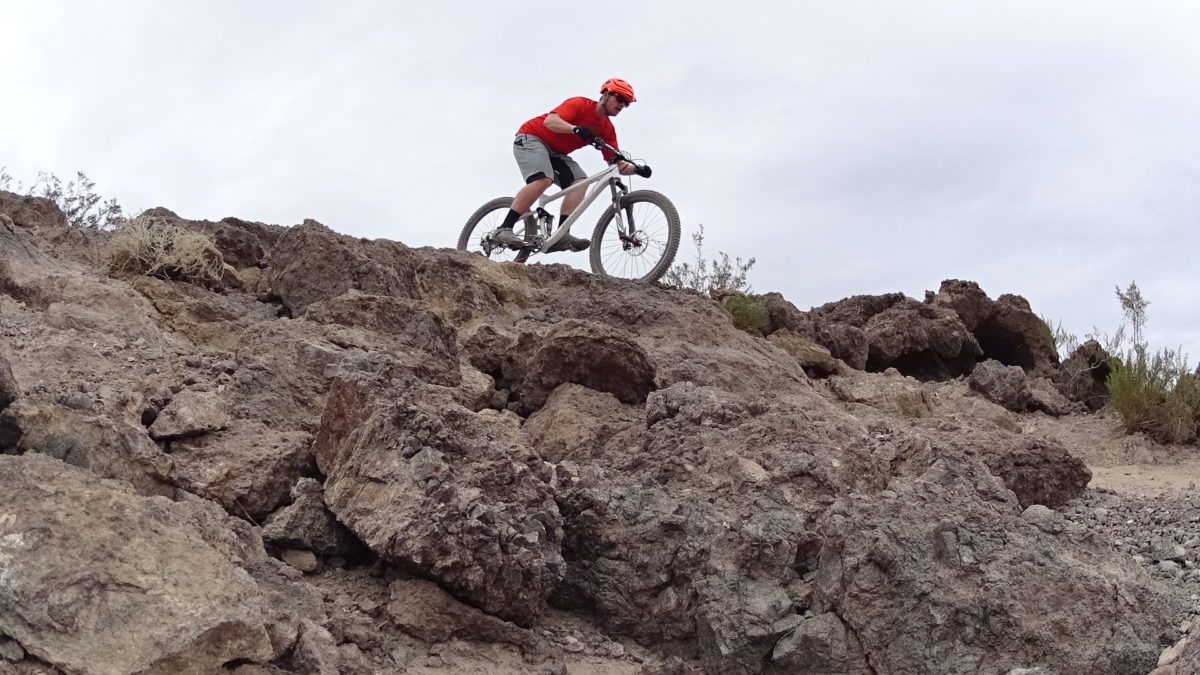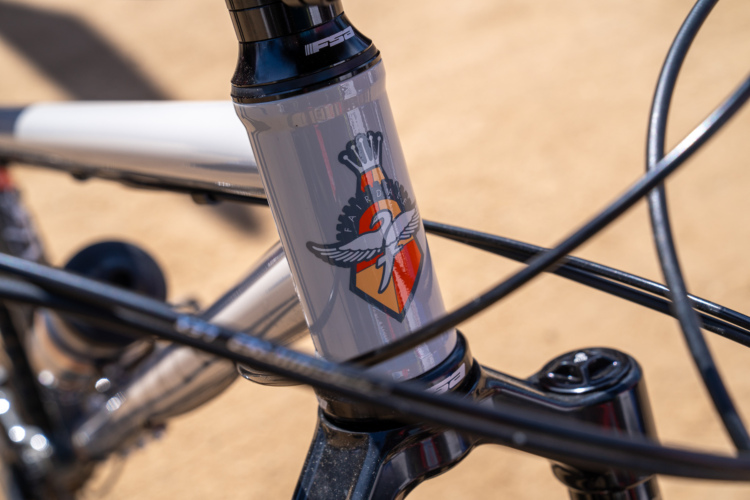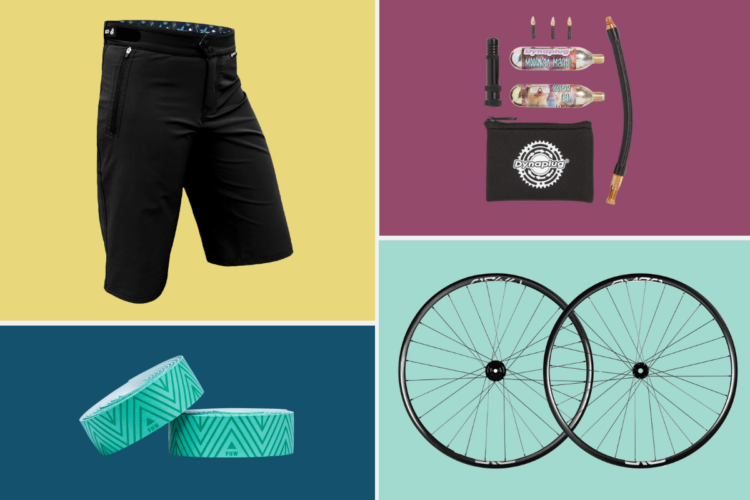To be perfectly honest, I had no prior intention of testing the Turner Flux. It just so happened that they had a large-sized bike come back in from a test ride as I was walking by. Not wanting to stand in a line at another booth, I decided to give it a try.
Don’t get me wrong, I like Turner’s bikes. In fact, I owned a Turner Sultan for a number of years, and it is still one of the few bikes I regret selling. I also got the press release about the new carbon fiber Flux a while back, but nothing about the bike stood out. It has 27.5″ wheels. No plus compatibility. 120mm of rear wheel travel. The rear triangle uses 142×12 spacing instead of the increasingly-common 148×12 Boost. With the Flux, Turner appears to have resisted the temptation to add all the latest bells and whistles just for the sake of having them.

The build kit I rode featured quality parts, but it does not line up exactly with any of Turner’s builds listed on their website. Because of this, it is difficult to say what the retail price of this particular Flux would be. I can tell you that the frame and shock will run around $2,800. Just for shits and giggles, though, here is the parts list:
- Fox Float Factory shock
- RockShox Pike fork (130mm)
- Shimano XT 1×11 drivetrain
- Shimano XT brakes
- KS LEV Integra dropper
- Deity saddle and carbon bar
- Knight carbon wheels
- Thomson stem

Like I said, all good parts. The only spec changes I would make are a wider bar and a different saddle–the Deity saddle had a more rounded profile than I prefer. Also, I would add a couple tokens to the Pike to make the fork more progressive. There were no tokens installed in the fork I rode, which made it easy to blow through the travel.

As for the geometry, the headtube is properly slack at 67.5 degrees with a 130mm fork, the reach for a size large is 444mm, and the chainstays come in at 437mm.
I took the bike out on the test track, stopped to take some photos, and finished the loop. I started to head back to the expo area, but for some reason I decided to head out for another lap. Long story short, I am glad I did.
On the second lap, the bike and I started to gel. I quickly got a feel for the snappy handling, and started pushing the rear hard in the corners. In one particularly sharp g-out turn, I pushed the rear hard enough to burp a few PSI out of the rear tire. Luckily, there are support tents out on some of the test loops with pumps where I was able to add some more air.

After I finished my second lap, I rode the Flux a little ways up Bootleg Canyon to hit some of the less-populated singletrack. These sections have (slightly) longer climbs and descents, which gave me a chance to see how the bike handled at sustained speeds. The bike felt equally at home carving long, arcing turns as it did snapping back and forth on the tighter trails I rode earlier.

Needless to say, I ended up being impressed with the new Turner Flux. If anything, it was another reminder not to judge a book by its cover. I could see this bike being a sleeper hit with riders who know exactly what they want and need out of a light-duty trail bike.




















